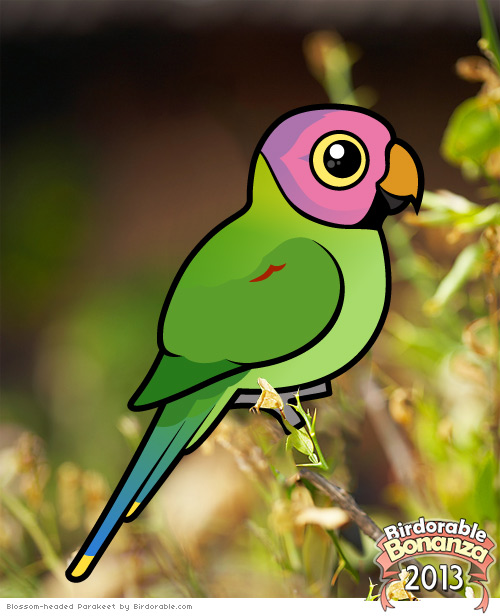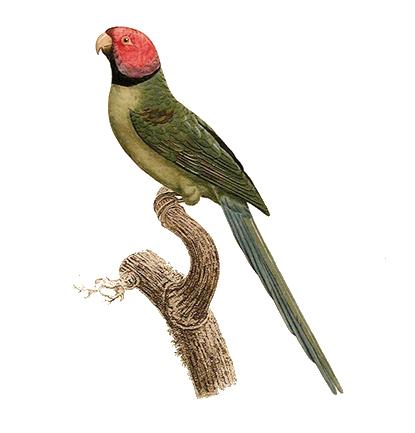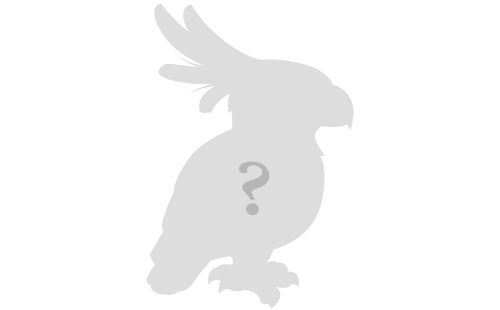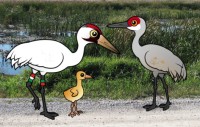2013 Bonanza Bird #9
Introducing the Blossom-Headed Parakeet: A Parrot with a Floral Diet
Our 2013 Birdorable Bonanza continues with the exciting addition of a new and enchanting parakeet species! Today, we are thrilled to introduce the Blossom-headed Parakeet to our diverse bird family.

The Blossom-headed Parakeet, a stunning species of parrot, is native to India and certain regions of Southeast Asia. Known for their sociable nature, these birds thrive in forested habitats where they can be often found roosting and feeding in groups. They exhibit a strong sense of community, living and foraging together, and even nesting in tree cavities in a communal setting. This gregarious behavior adds to their charm and makes them a fascinating subject for bird enthusiasts.
One of the most intriguing aspects of the Blossom-headed Parakeet is its close relationship to the Plum-headed Parakeet, another similarly beautiful bird. However, the Blossom-headed Parakeet can be distinguished by its unique coloration. The males boast a striking pinkish head, while the females feature a more subdued blue-grey color on their heads. This distinct sexual dimorphism in plumage is a characteristic trait of these birds.

La Perruche à collier noir by François Levaillant (public domain)
Interestingly, their name reflects their diet as blossoms are an integral part of their feeding habits. These parakeets are indeed what they eat, often seen indulging in the blossoms that they favor, which not only nourishes them but also plays a role in the pollination of their habitat.
Tomorrow we'll add an African bird of prey. What do you think of this silhouette?






Comments
Leave a comment
Thank you!